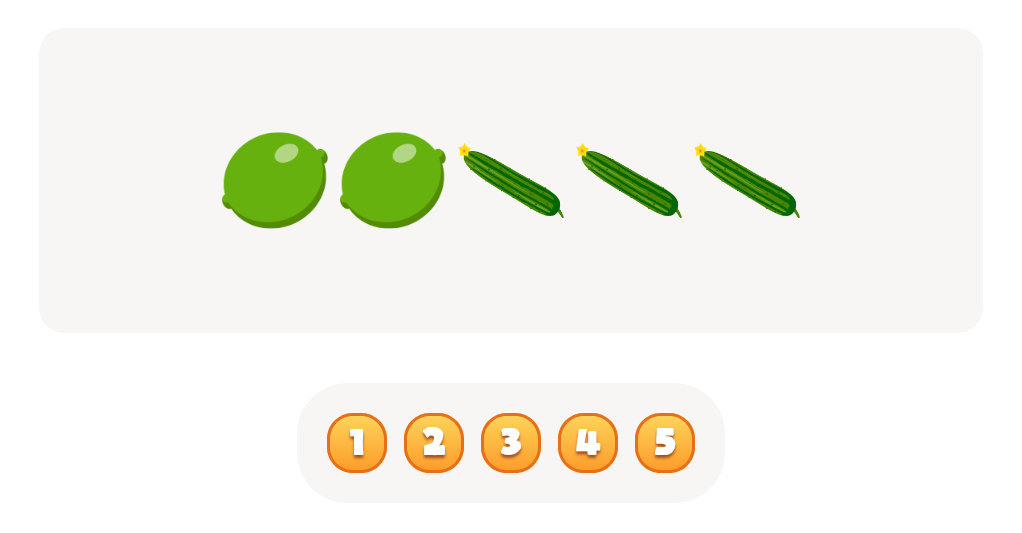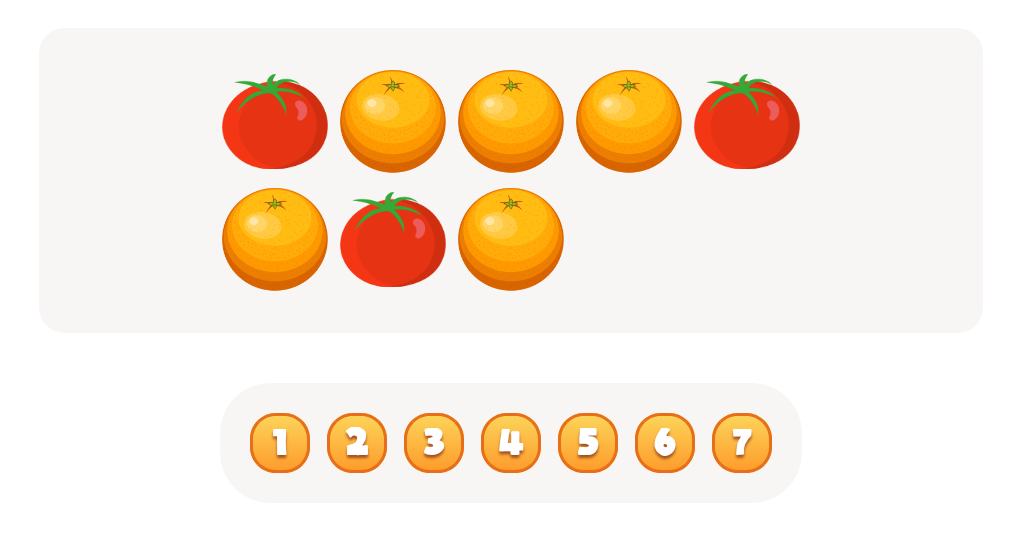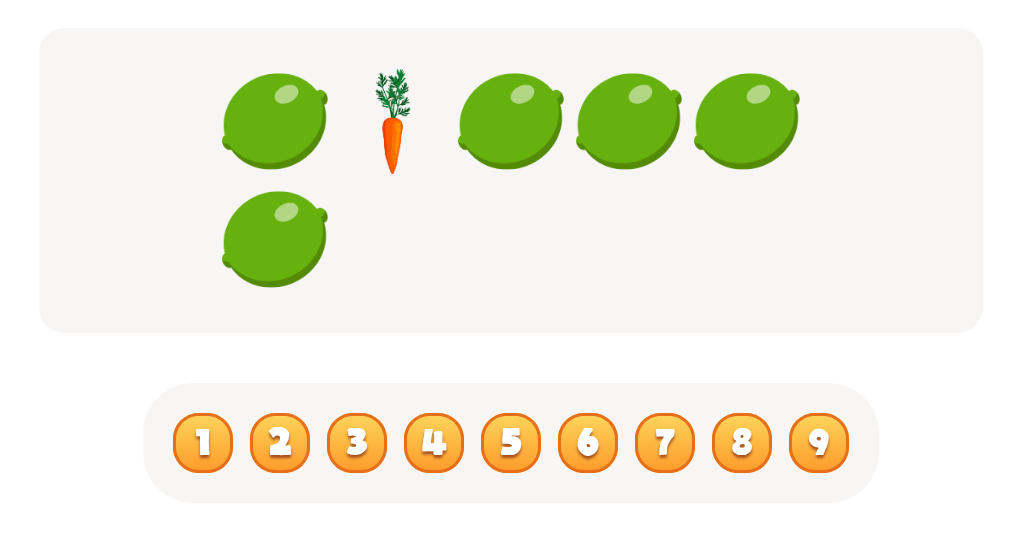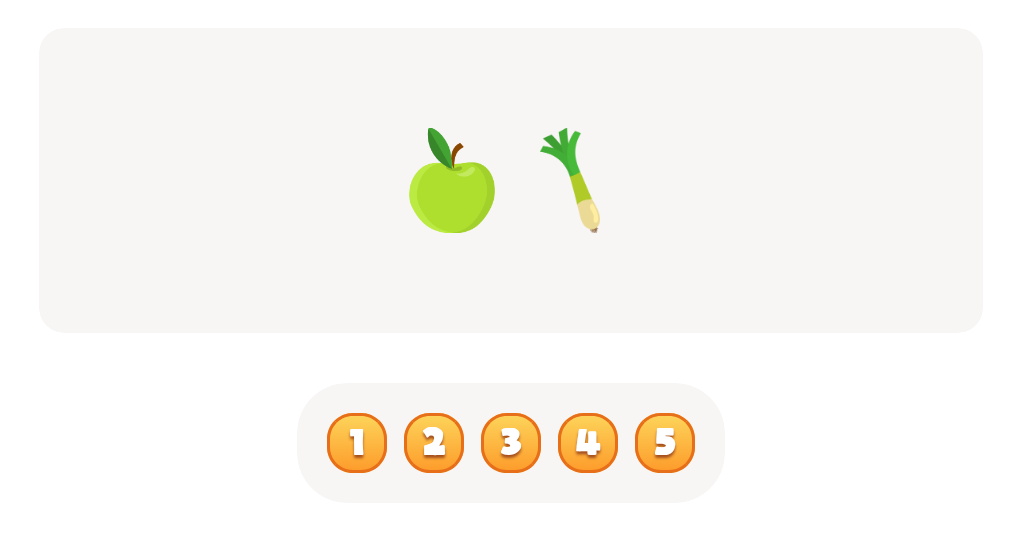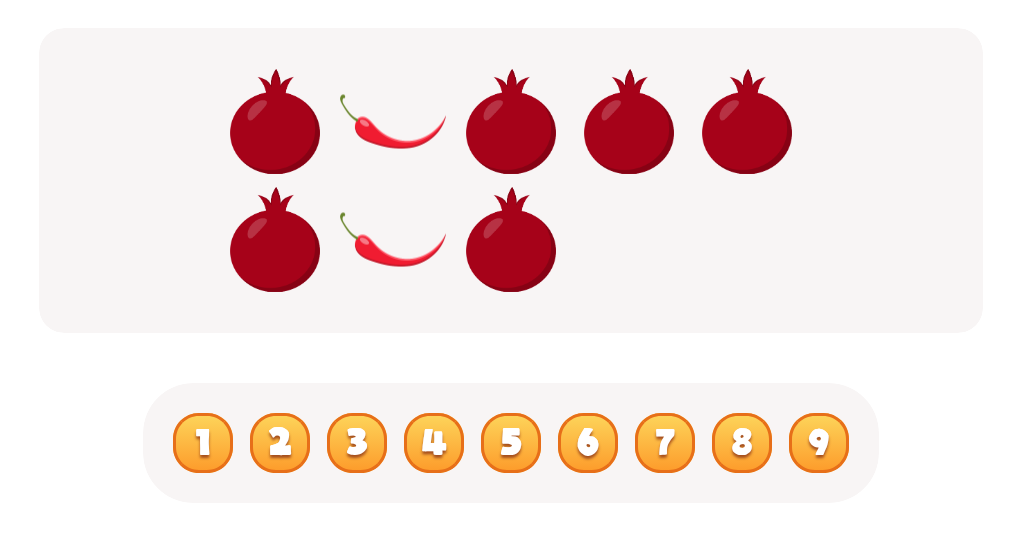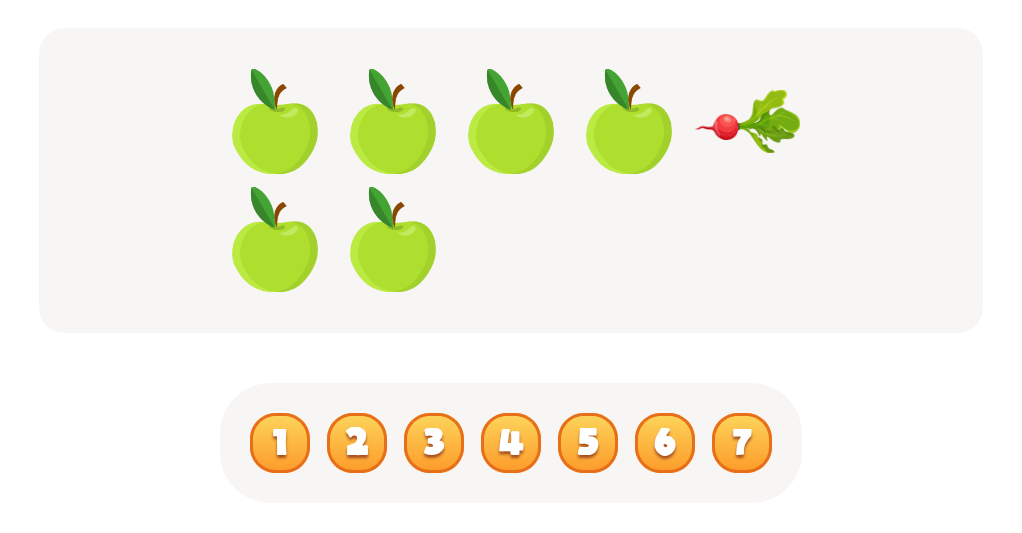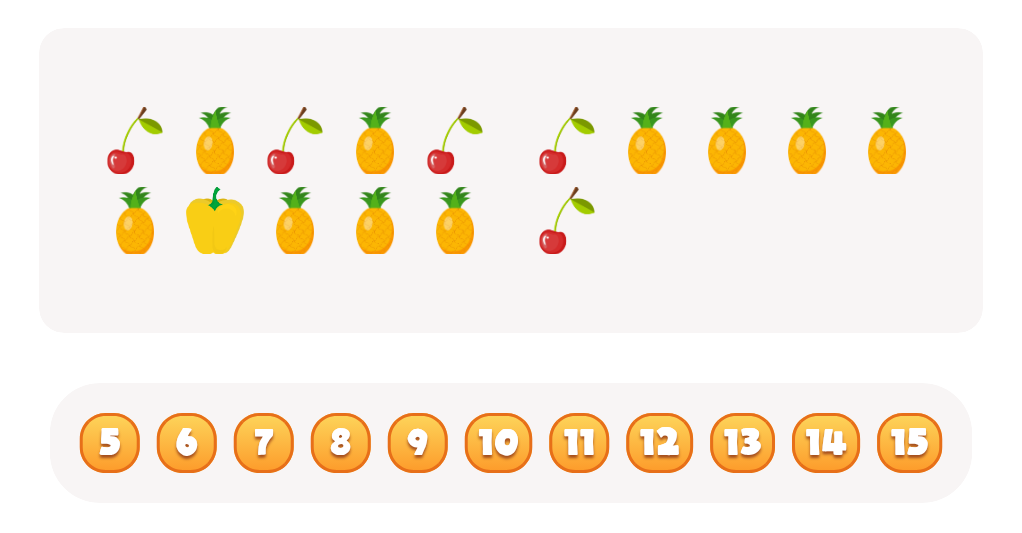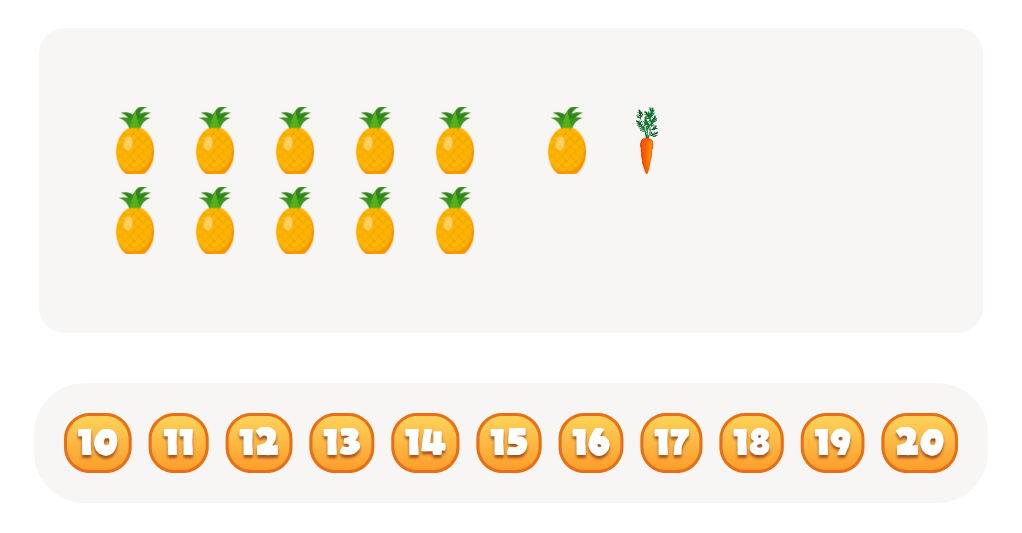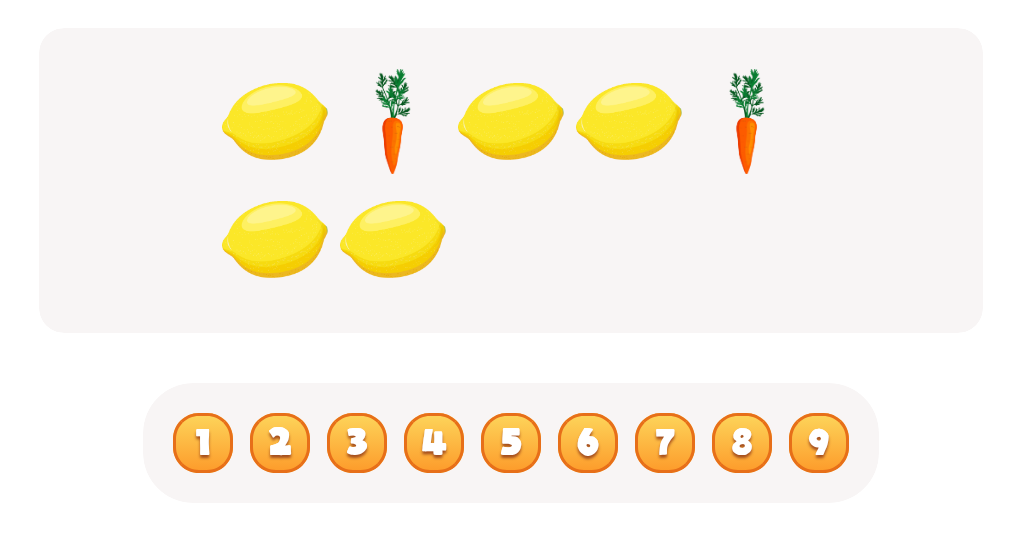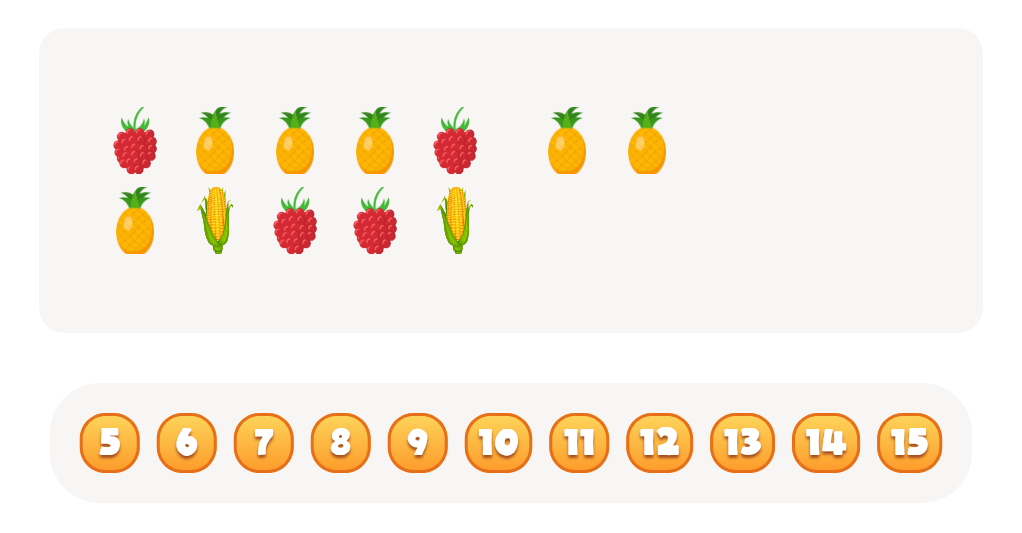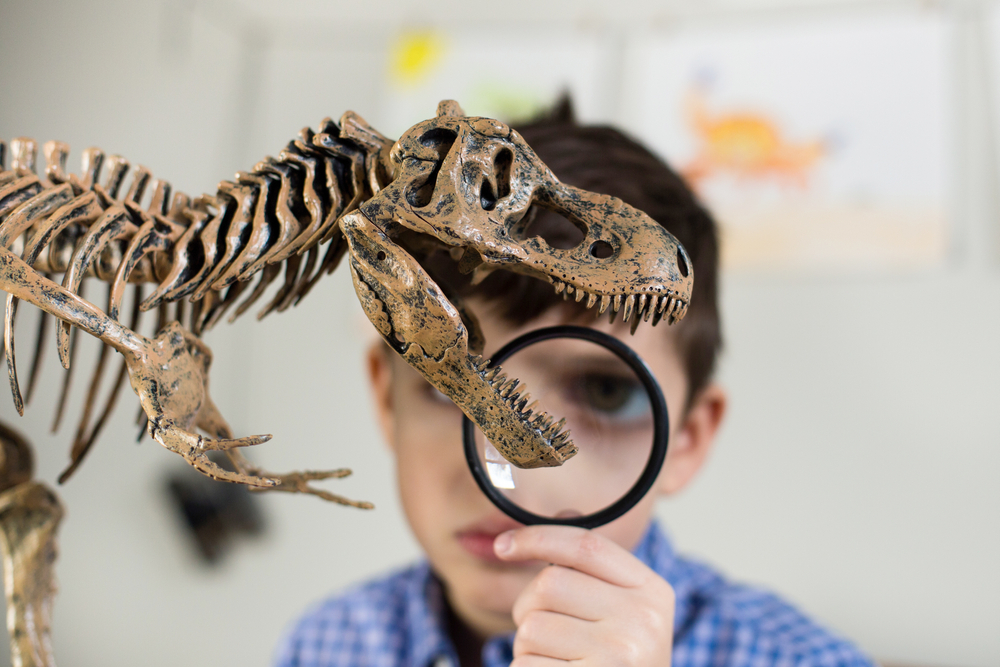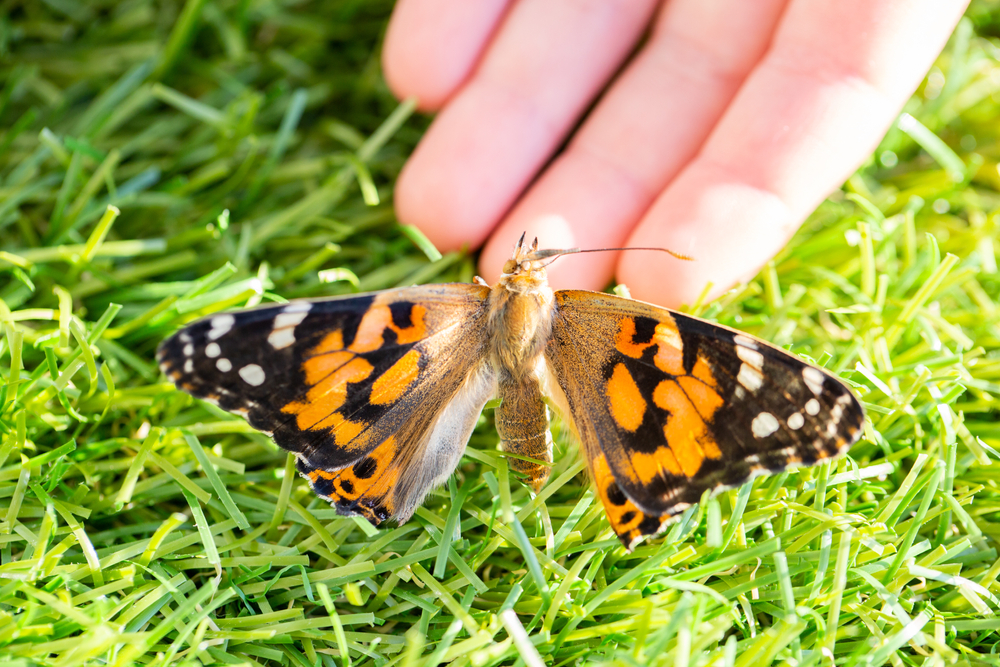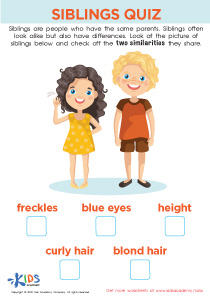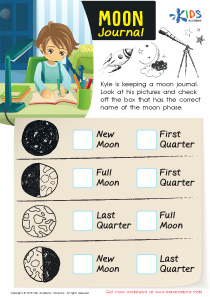Animal identification Normal Plants and Animals Worksheets for Ages 3-8
3 filtered results
-
From - To
Help your little explorers aged 3-8 develop keen observation skills with our Animal Identification Normal Plants and Animals Worksheets! Designed by education experts, these engaging worksheets blend fun and learning, helping children recognize and categorize various animals and plants. Our colorful, easy-to-follow activities include matching games, trivia, and exciting visuals that make learning a joy. Ideal for classroom and home use, these worksheets foster a love for science while supporting the development of critical thinking skills. With Kids Academy resources, discover the exciting world of animals and plants in a way that captivates and educates young minds!
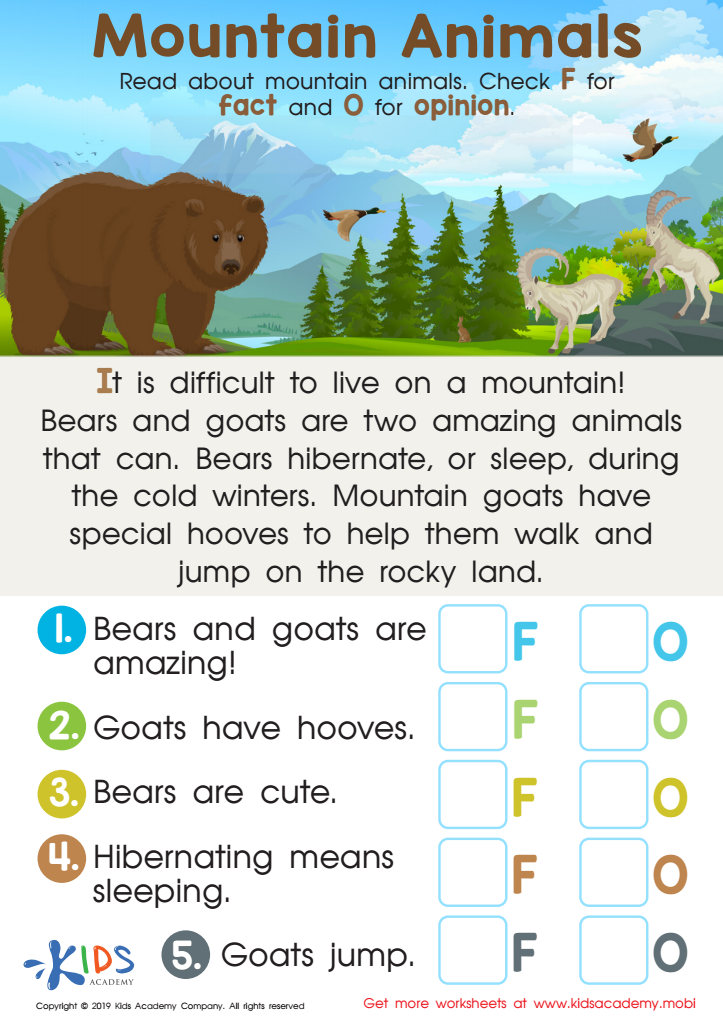

Mountain Animals Worksheet
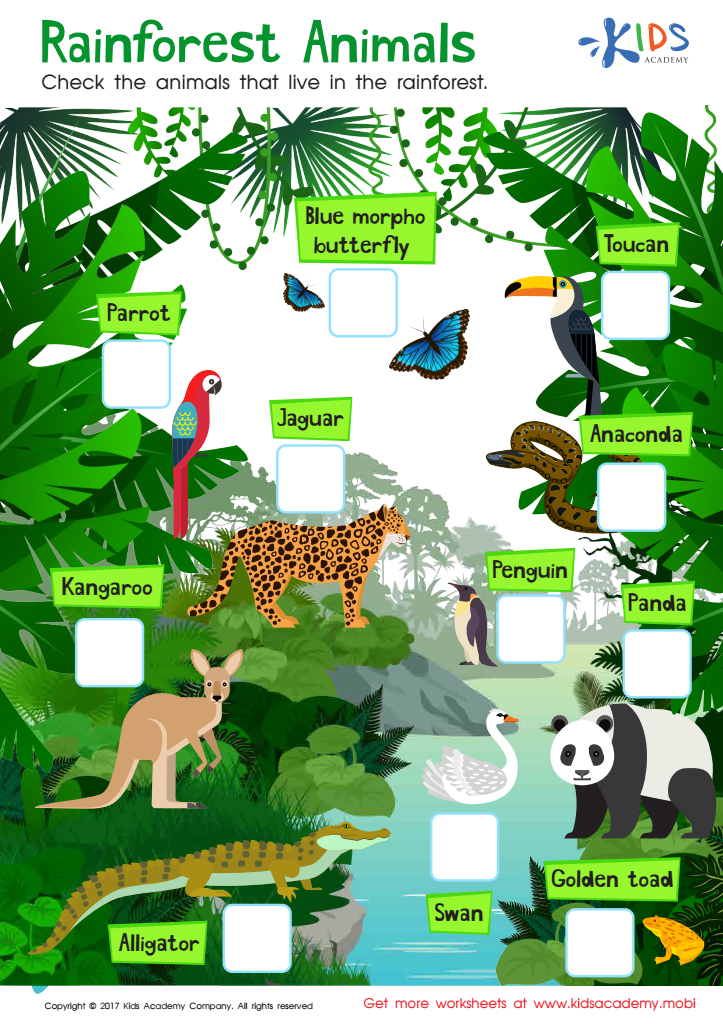

Rainforest Animals Worksheet
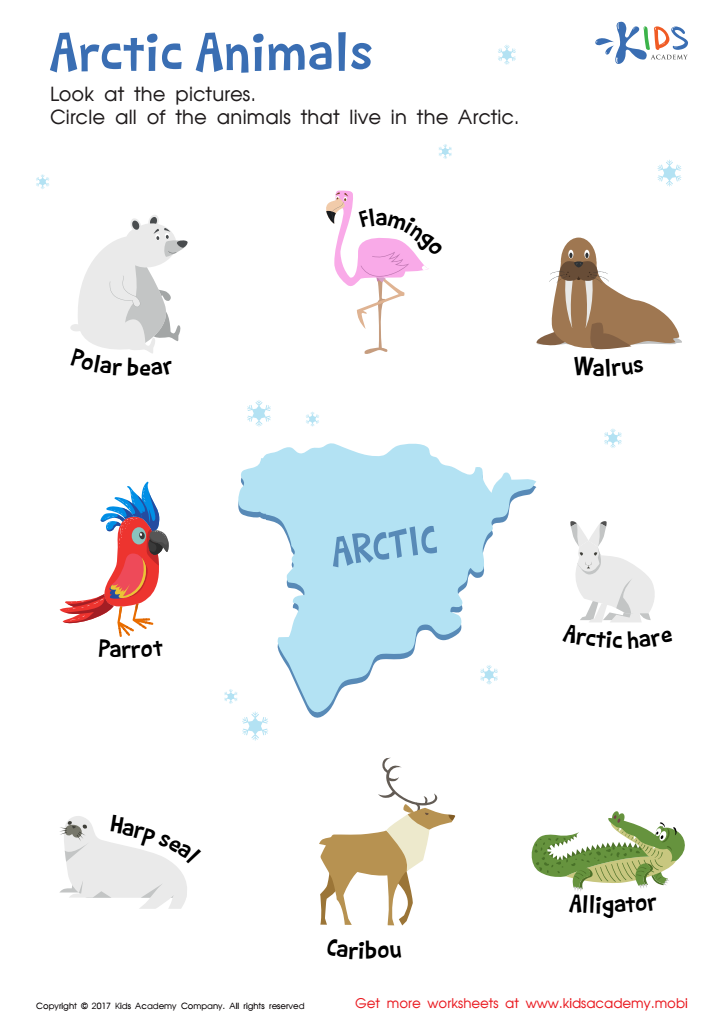

Arctic Animals Worksheet
Education in animal and plant identification is vital for young children ages 3-8, and both parents and teachers should prioritize this aspect of learning. Firstly, understanding the natural world fosters a connection to the environment, nurturing a sense of wonder and appreciation for biodiversity. This early connection can cultivate environmental stewardship, encouraging children to protect and preserve nature.
Animal and plant identification promotes cognitive development, enhancing observational skills and detail-oriented thinking. When children learn to distinguish between different species, they boost their memory and categorization abilities, which are fundamental cognitive processes. Additionally, this knowledge significantly contributes to vocabulary expansion and language skills, as children learn new terms and concepts related to biology.
Furthermore, animal and plant lessons often involve outdoor activities, which are crucial for physical health and gross motor skills development. These interactions with nature enable experiential learning, where sensory experiences reinforce classroom lessons, making education more engaging and effective.
Finally, knowing various plant and animal species can be critical for safety. Recognizing which plants might be poisonous or which animals could be harmful helps children learn to navigate their environments thoughtfully. Overall, integrated learning about local flora and fauna enriches children's educational experience and personal growth in multiple dimensions.

 Assign to My Students
Assign to My Students
